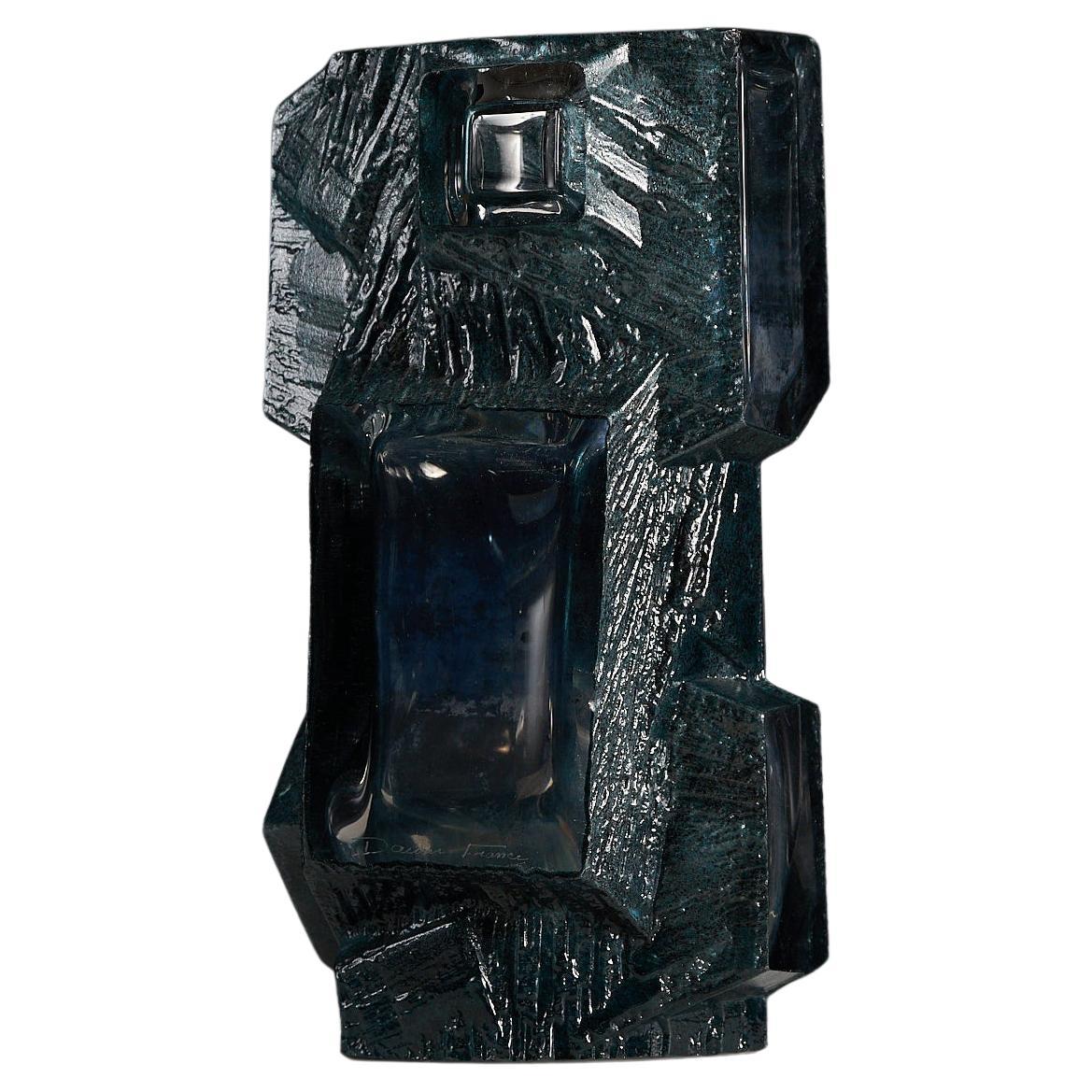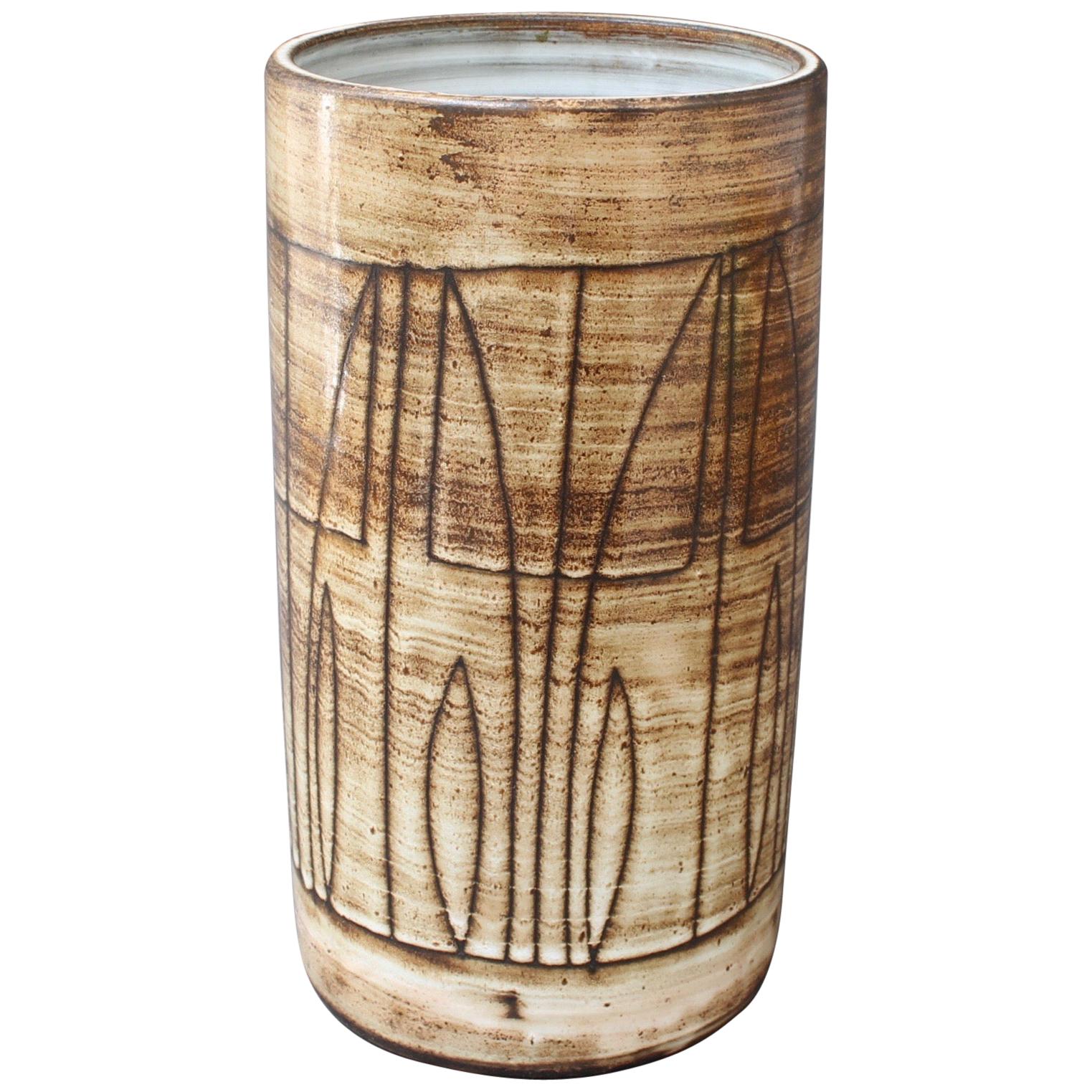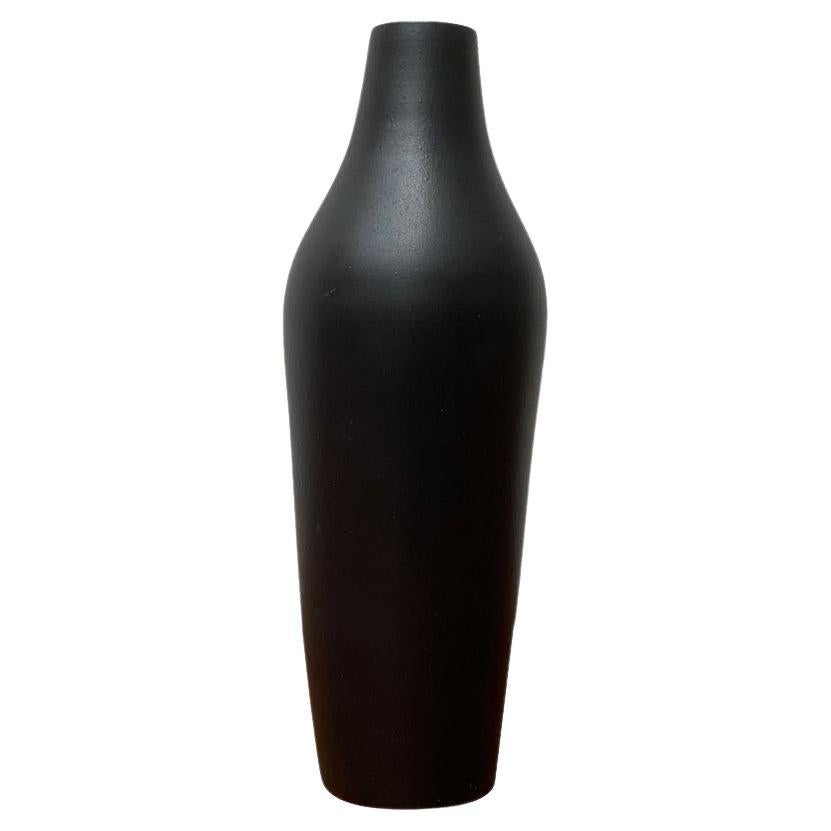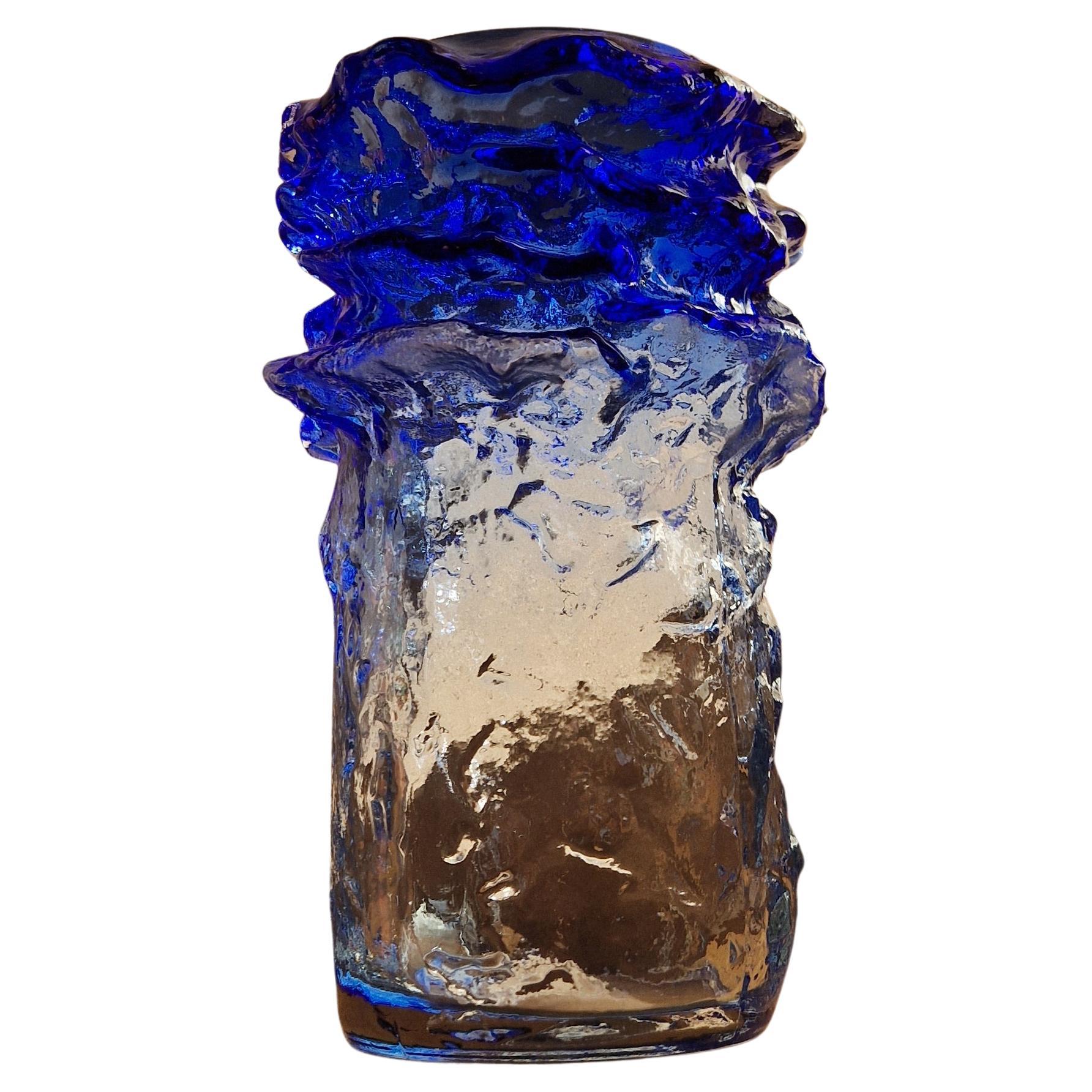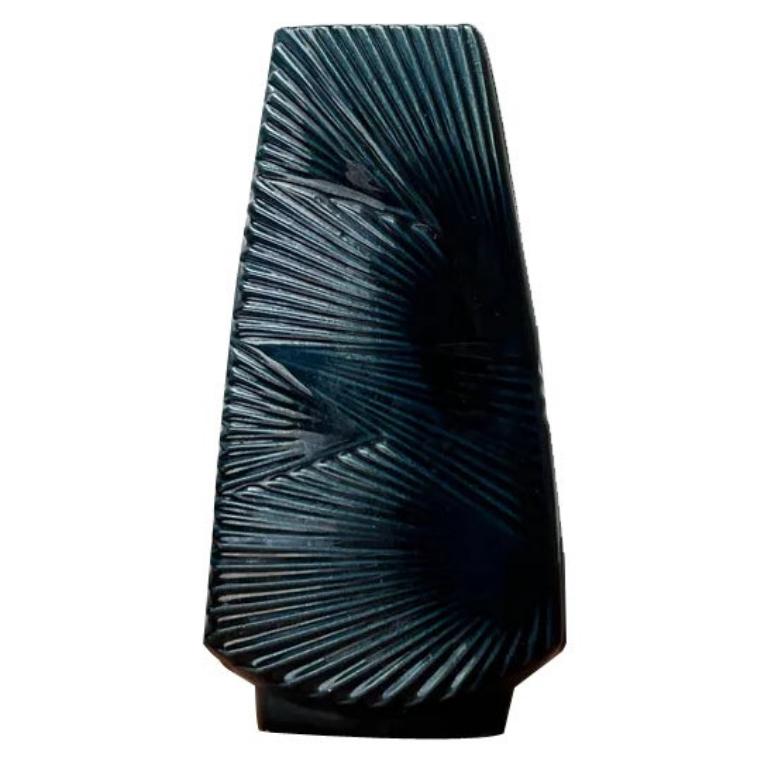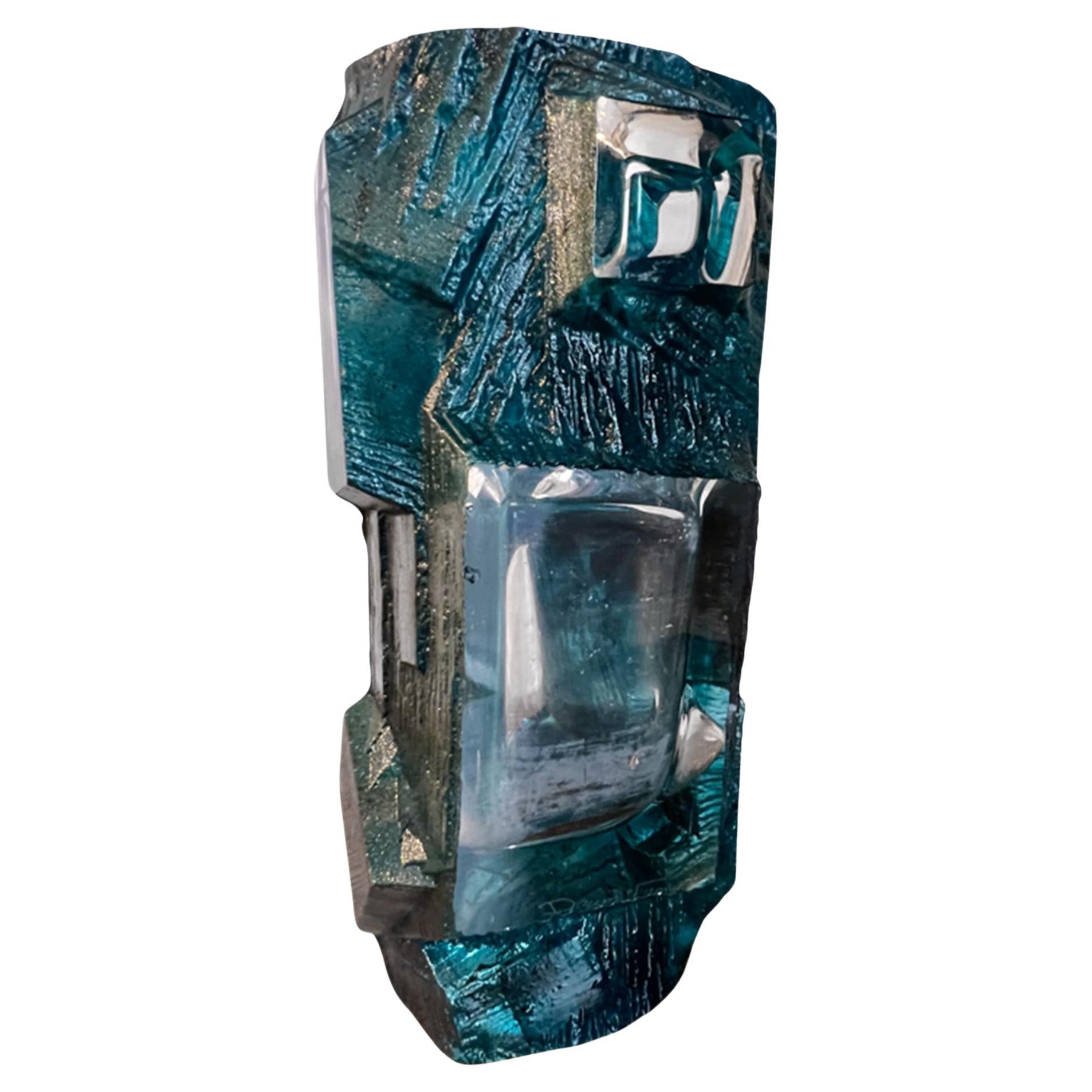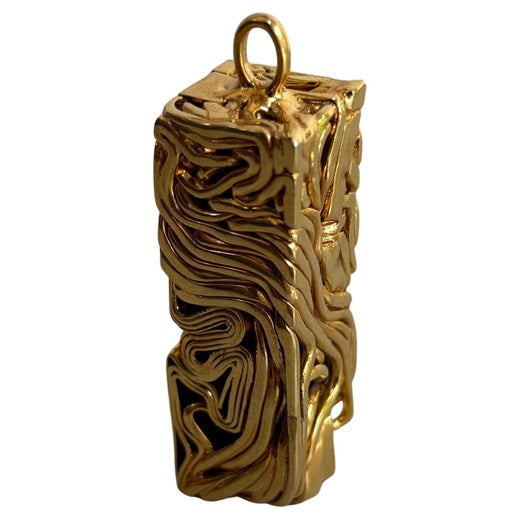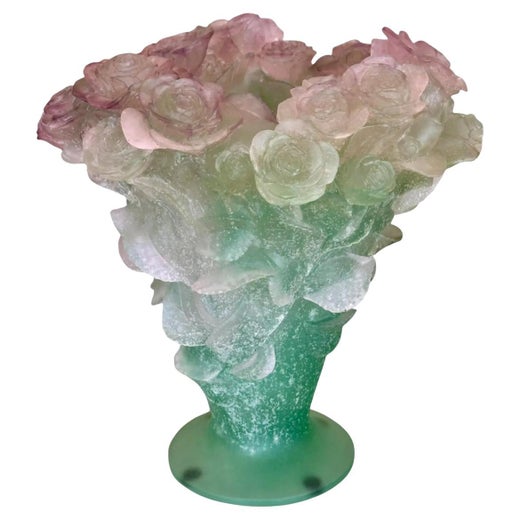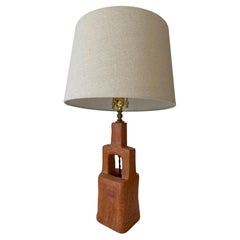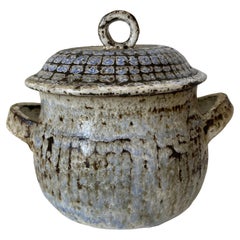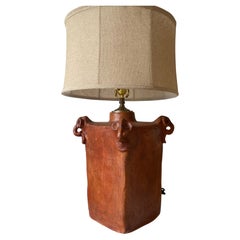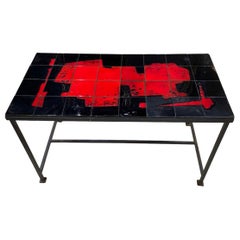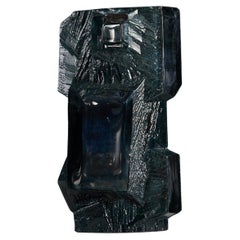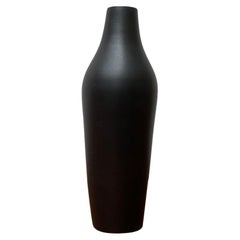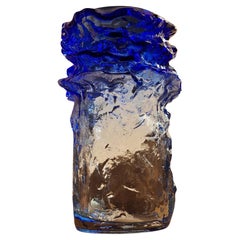Cesar Baldaccini ( 1921-1998 ) Vase model Argos for Daum France 1970
About the Item
- Creator:Daum (Manufacturer),César Baldaccini (Artist)
- Dimensions:Height: 9 in (22.86 cm)Width: 6 in (15.24 cm)Depth: 3 in (7.62 cm)
- Style:Mid-Century Modern (Of the Period)
- Materials and Techniques:
- Place of Origin:
- Period:
- Date of Manufacture:1970
- Condition:Wear consistent with age and use. Minor losses. One shard of glass on the top inside, just visible from above, no cracks no structural issues. See the pictures.
- Seller Location:palm beach, FL
- Reference Number:1stDibs: LU6124243796102
César Baldaccini
César Baldaccini was born to immigrant Italian parents in Marseille and his life span was from 1921–98. He was considered to be one of the most important French artists and sculptors of the 20th century. Much of his work involved the compression of junk material and automobile material. He became associated with the 1960s Paris based Nouveau réalisme movement. Most importantly, Baldaccini just had a major retrospective at the Pompidou Center in Paris. His work is very collectible and desirable.
Daum
For collectors, Daum is a name in the first rank of the French makers of art glass, along with those of Émile Gallé and René Lalique. Led in its early decades by the brothers Auguste (1853–1909) and Antonin Daum (1864–1931), the company, based in the city of Nancy, established its reputation in the Art Nouveau period, and later successfully adopted the Art Deco style.
In 1878, lawyer Jean Daum took over the ownership of a glassworks as payment for a debt and installed his sons as proprietors. Initially, Daum made glass for everyday purposes such as windows, watches and tableware, but the success that Gallé enjoyed at the 1889 Universal Exposition in Paris — the international showcase for which the Eiffel Tower was built — inspired the Daum brothers to begin making art-glass pieces. They produced popular works of cameo glass, a decorative technique in which an outer layer of glass is acid-etched or carved off to reveal the layer below, but Daum became best known for vessels and sculptures in pâte de verre — a painstaking method in which finely ground colored glass is mixed with a binder, placed in a mold and then fired in a kiln.
Though early Daum glass was never signed by individual artists, the firm employed some of the masters of the naturalistic, asymmetrical Art Nouveau style, including Jacques Grüber, Henri Bergé and Amalric Walter (whose first name is frequently misspelled). Daum also collaborated with furniture and metalware designer Louis Majorelle, who created wrought-iron and brass mounts for vases and table lamps. In the 1960s, Daum commissioned fine artists, most notably Salvador Dalí and sculptor César Baldaccini, to design glass pieces. As you see from the works offered on 1stDibs, Daum has been home to an astonishingly rich roster of creative spirits and is today a state-owned enterprise making pâte de verre figurines.
- ShippingRetrieving quote...Shipping from: Brooklyn, NY
- Return Policy
More From This Seller
View AllVintage 1950s French Mid-Century Modern Table Lamps
Terracotta
Vintage 1960s French Ceramics
Ceramic
Vintage 1950s French Table Lamps
Terracotta
Vintage 1950s French Mid-Century Modern Coffee and Cocktail Tables
Iron
Vintage 1960s Swedish Scandinavian Modern Table Lamps
Carrara Marble
Vintage 1930s French Art Deco Bookends
Wood
You May Also Like
Vintage 1970s French Mid-Century Modern Vases
Glass
Vintage 1960s French Mid-Century Modern Vases
Ceramic
20th Century German Mid-Century Modern Vases
Ceramic
Mid-20th Century Finnish Mid-Century Modern Vases
Glass
20th Century German Mid-Century Modern Vases
Ceramic
Vintage 1970s French Brutalist Vases
Glass
